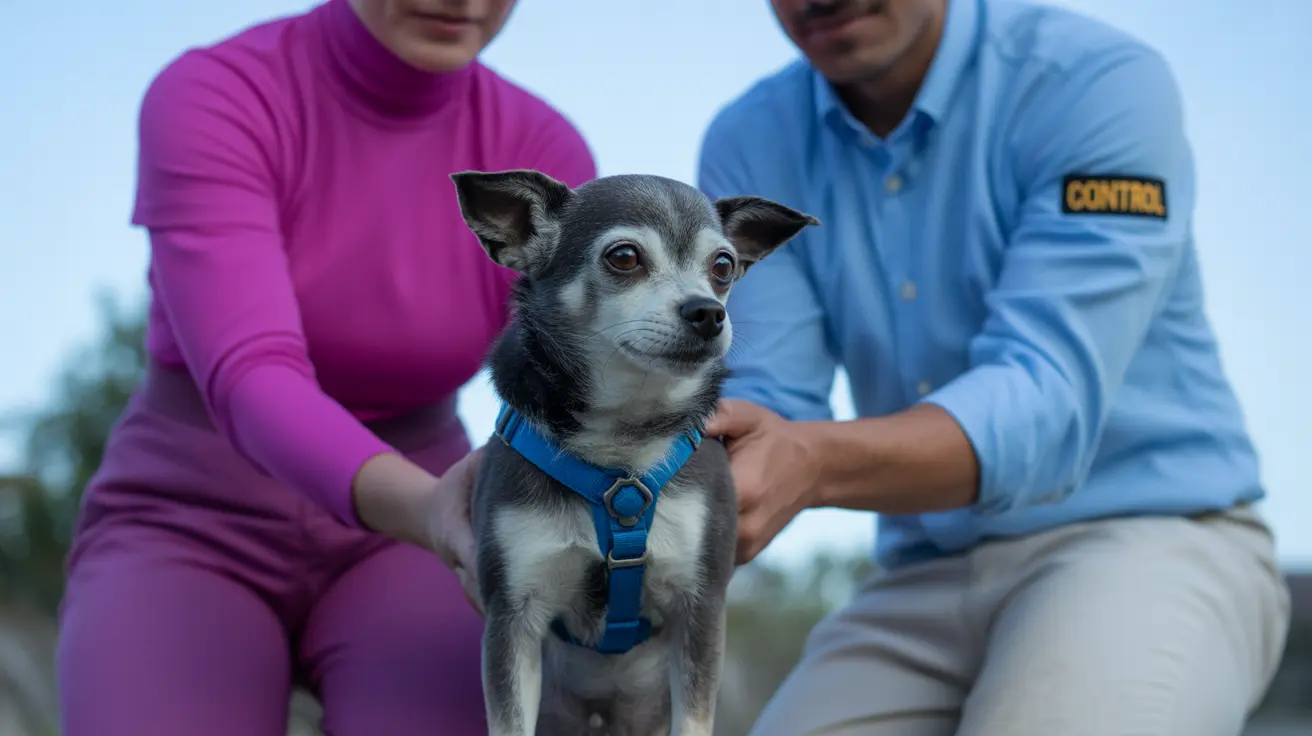The Mental and Physical Benefits of Sniffing for Dogs
When we think of exercise for dogs, most people imagine long walks, runs in the park, or games of fetch. However, research and behavioral studies have shown that allowing your dog to sniff their environment can be just as beneficial — if not more so — for overall well-being. In fact, ten minutes of focused sniffing can be approximately equivalent to an hour of physical exercise for your dog. But how can something as simple as sniffing be so powerful?
Understanding a Dog’s Nose
Dogs have an extraordinary sense of smell. While humans have around 5 million scent receptors, dogs boast up to 300 million. Their olfactory system is a superpower designed for environmental exploration. This unique ability allows them to process an immense amount of information through scent alone.
Sniffing as Mental Stimulation
Sniffing engages a dog’s brain in ways that walking or running cannot. It offers cognitive challenges through environmental analysis and memory mapping. This type of mental exercise helps sharpen focus, reduce anxiety, and build confidence — especially in nervous or reactive dogs.
Why 10 Minutes of Sniffing Equals an Hour of Exercise
It may seem surprising that such a short amount of time spent sniffing could replace 60 minutes of physical activity. Here's why this comparison holds:
- Mental effort burns energy — Just like humans feel tired after intensive mental work, dogs use calorie-burning brain power when sniffing.
- Engagement reduces hyperactivity — A mentally satisfied dog is less likely to be destructive or hyper at home.
- Behavioral benefits — Sniffing builds impulse control, focus, and lowers stress levels.
- A natural canine behavior — Sniffing is a core part of how dogs experience the world, making it fundamentally satisfying.
Best Ways to Encourage Therapeutic Sniffing
- Sniffari walks — Allow your dog to lead the walk, picking paths of interest and stopping to sniff freely.
- Enrichment activities — Use snuffle mats, treat-dispensing toys, or scent trails indoors to stimulate senses.
- Nose work training — Enroll in scent detection workshops or practice at home with hidden treats.
- Change your route — New environments provide fresh scents, boosting the novelty and engagement during sniffing.
Sniffing for Special Needs and Senior Dogs
For aging dogs or those with physical limitations, extended walks may not be feasible. In these cases, sniffing provides a low-impact yet enriching experience that keeps them mentally sharp and content. It’s also beneficial for dogs recovering from surgery or medical treatments.
When Sniffing Becomes Too Much
While sniffing is beneficial, balance is key. Dogs that become overly obsessive or anxious while sniffing might be responding to other behavioral issues. If your dog cannot disengage or shows signs of overstimulation, consult a professional trainer or behaviorist.
Conclusion
Dogs don’t just want to walk — they want to explore their environment through scent. By recognizing that ten minutes of sniffing is akin to an hour of exercise, pet owners can better meet their dogs’ mental and emotional needs. Whether through nose work games, exploratory walks, or scent enrichment, sniffing provides a healthy outlet for dogs of all ages and energy levels. Allowing your dog the time and freedom to sniff during walks isn’t just a luxury — it’s essential to their holistic well-being.





